Household Energy Use
What are the economics of solar PV and thermal systems over the life of the house?
Energy Star put out the below pie chart showing what the average US home energy bill pays for. If solar could provide for the usage of all heating, cooling, water heating, appliances and lighting; what would that be worth to the homeowner over the life of a house? In other words, if the average US Household has an energy bill of $250 per month (annualized); what is the value to the homeowner over a 30 year mortgage?
Things to consider include:
1. Tax credits from state and federal sources
2. Net cost of initial system financed over thirty years plus maintenance
3. Energy savings that can be invested
4. What returns are available historically to investors over that time period
5. Appreciation of home value due to “Net Zero” status
6. Value of having power during extended power outages such as hurricane Katrina, Ike or Gustav

We open the discussion to define the life cycle costs and social impact of having a net zero home in today’s environment and also in a future light of energy supplies and cost fluctuations.

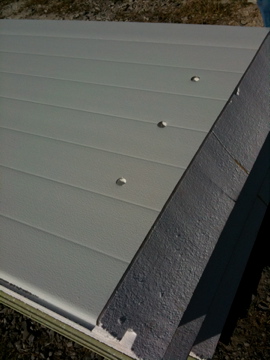

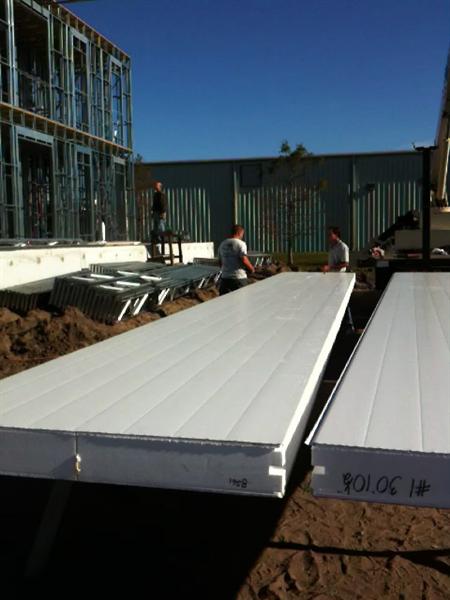
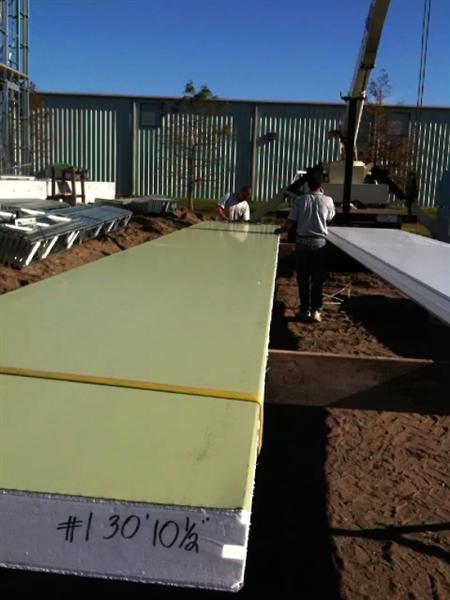
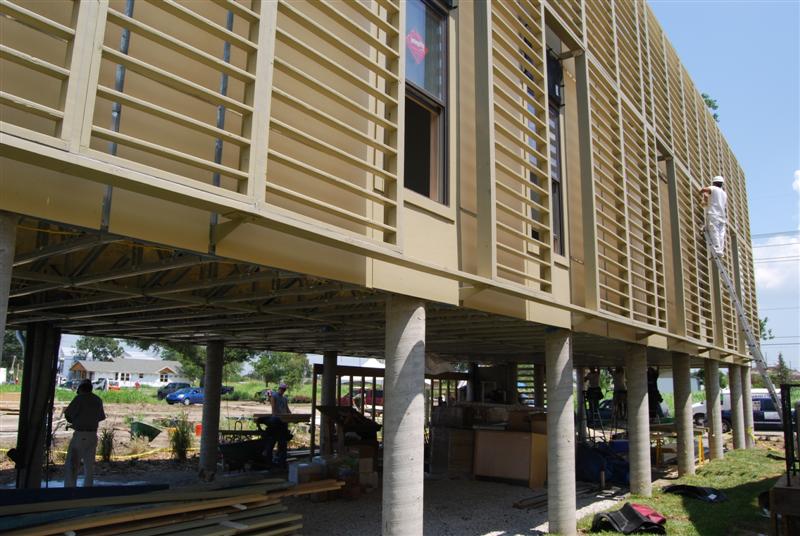

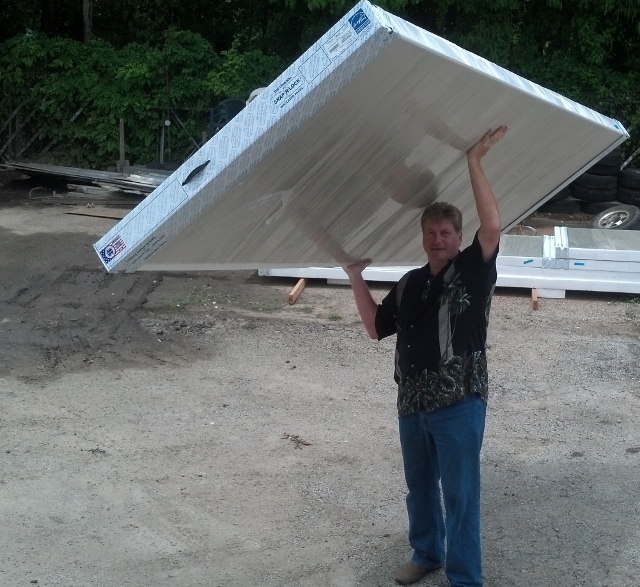


Energy Star, Earth Advantage, LEED built homes and all subsequent “brands” are a bit confusing as far as how much energy they can save. The reason that most of us in the industry have come to is that every house is different, therefore the amount of energy savings will be different if you hold all energy upgrades constant. You also have the factor of homeowner usage. Some people have 3 TV’s a crappy dryer, several computers, etc. Their usage is different from someone who is conservation minded and therefore they won’t necessarily see the same percentage of benefit by having these energy saving elements. Finally, unless you are offering a controlled “style” of home say a 1-4 homes to choose from, it is nearly impossible to say what kind of energy savings you will have. Larger homes, vs. tiny ones, vs. 1 story vs. 2 story, or any combination. What I’m getting at, is unless you “control” all of the things above, it is nearly impossible to say “customer, by having Energy Star measures in your home, you will save X on energy costs.” Does that make sense? It sounds as though you are offering to build non-custom home packages that can be easily defined/controlled. This can certainly make the energy savings more relateable to your clients.